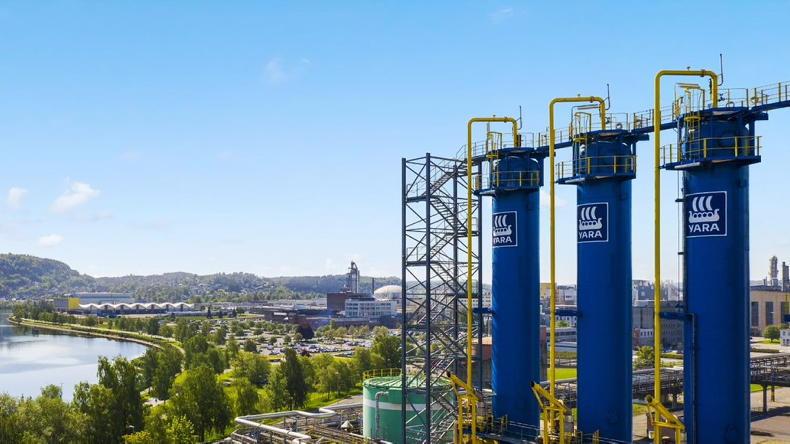Fertiliser manufacturer Yara is set to build a green hydrogen demonstration plant at its ammonia production facility in Norway.
The plant will produce hydrogen via electrolysis, which will be used to partially replace the fossil fuel natural gas used in the ammonia (nitrogen) production process.
Traditionally, ammonia is produced by mixing nitrogen from the air with hydrogen from natural gas at high temperatures and pressure.
Approximately 60% of the natural gas is used as raw material, with the remainder used to power the process.
Green ammonia
The project, which is supported by a €28m grant from the Norwegian government, will be built by Linde Engineering.
It aims to show that green ammonia produced using renewable energy can reduce the impact of carbon dioxide in fertiliser production.
The project aims to supply the first green ammonia products to the market as early as mid-2023, both as fossil-free fertiliser and emissions-free shipping fuel.
Yara says that green ammonia is the key to reducing emissions from world food production and long-distance shipping.
Carbon savings
The plant will have an annual production capacity of around 10,000kg/day of hydrogen.
It will replace ethane as raw material in production, reducing 41,000t of carbon dioxide emissions annually, the same amount as emitted by roughly 16,000 passenger vehicles.
The plant will produce enough hydrogen to produce 20,500t of ammonia per year, which can be converted to between 60,000t and 80,000t of green fertiliser.
The demonstration project will be Yara’s first step towards decarbonisation of the ammonia industry.






 This is a subscriber-only article
This is a subscriber-only article










SHARING OPTIONS: